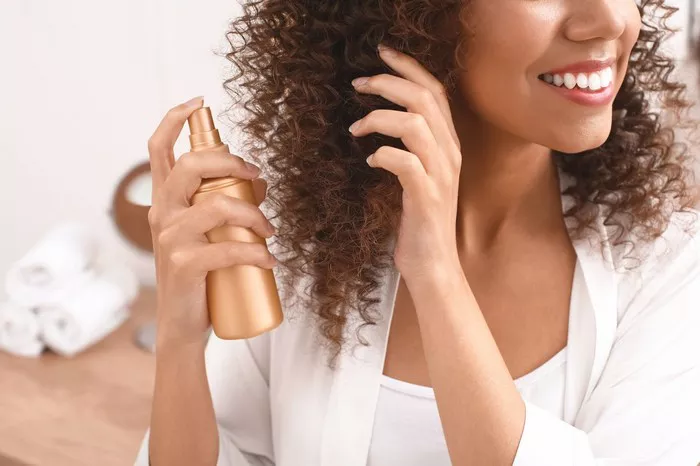Having soft, luscious hair is a dream for many, but achieving it often requires a combination of the right techniques, products, and care routines. This article explores effective methods to transform your hair into a silky, soft mane. From understanding your hair type to incorporating the best products and habits, we’ll delve into everything you need to know for achieving hair softness.
1. Understanding Hair Structure
Hair Composition
Hair is primarily made of a protein called keratin. Each strand is composed of three layers:
Cuticle: The outermost layer, which protects the inner layers.
Cortex: The middle layer that gives hair its strength and color.
Medulla: The innermost layer, present in some types of hair.
Factors Affecting Hair Softness
Several factors influence how soft your hair feels:
Hair Type: Straight, wavy, or curly hair each has different softness characteristics.
Environmental Factors: Humidity, pollution, and sun exposure can impact hair texture.
Health: Diet, hydration, and overall health play crucial roles in hair condition.
2. Assessing Your Hair Type
Different Hair Types
Understanding your hair type is essential for selecting the right products and treatments:
Straight Hair: Usually smooth but can become oily quickly.
Wavy Hair: May require more moisture to maintain softness.
Curly Hair: Often drier and needs extra hydration and care.
Identifying Your Needs
Once you know your hair type, assess its current condition. Look for signs of dryness, frizz, or damage to tailor your care routine accordingly.
3. Essential Hair Care Practices
Regular Washing
Choose the Right Shampoo: Opt for sulfate-free and moisturizing shampoos to prevent dryness.
Frequency: Wash your hair 2-3 times a week, adjusting based on your scalp’s oil production.
Conditioning
Use Conditioner After Every Wash: Conditioners help replenish moisture.
Deep Conditioning Treatments: Incorporate a deep conditioner or hair mask once a week for intense hydration.
Rinsing Techniques
Cold Water Rinse: Finish with a cold water rinse to seal the cuticle and enhance shine.
Thorough Rinsing: Ensure all product residue is removed to avoid buildup.
4. Hair Softening Techniques
Oils and Serums
Natural Oils: Use oils like coconut, argan, or jojoba oil to nourish and soften hair. Apply them to damp hair for best results.
Leave-In Conditioners: These products provide ongoing hydration and help manage frizz.
Hair Masks
DIY Hair Masks: Create masks using ingredients like honey, yogurt, and avocado to hydrate and soften hair.
Store-Bought Masks: Look for masks that contain protein and moisturizing ingredients.
Heat Protection
Heat Styling: Minimize the use of heat tools. When necessary, always apply a heat protectant spray.
Air Drying: Allow your hair to air dry when possible to reduce damage from heat.
5. Nutrition for Healthy Hair
Diet Impact
A balanced diet significantly impacts hair health. Include the following nutrients:
Proteins: Essential for keratin production (found in lean meats, fish, eggs, and legumes).
Omega-3 Fatty Acids: Help nourish the scalp (found in fish, walnuts, and flaxseeds).
Vitamins: Vitamins A, C, D, and E are crucial for hair health, found in fruits, vegetables, and nuts.
Hydration
Drink plenty of water to keep your hair and scalp hydrated from within.
6. Lifestyle Choices
Stress Management
High stress levels can lead to hair issues. Incorporate stress-relief practices like yoga, meditation, or regular exercise.
Sleep Hygiene
Quality sleep is essential for overall health, including hair. Aim for 7-9 hours of sleep per night.
Avoiding Harsh Chemicals
Limit exposure to harsh hair products, dyes, and treatments that can strip moisture and damage hair.
7. Common Mistakes to Avoid
Over-Washing
Washing hair too frequently can strip natural oils, leading to dryness. Stick to a routine that suits your hair type.
Neglecting Scalp Health
A healthy scalp is crucial for soft hair. Consider scalp treatments or exfoliants to promote a healthy environment for hair growth.
Ignoring Split Ends
Regular trims help prevent split ends from traveling up the hair shaft, keeping your hair looking healthy and soft.
8. Professional Treatments
Salon Treatments
Consider professional treatments like keratin smoothing or deep conditioning treatments for intense softness.
Consult a Specialist
If you’re experiencing persistent hair issues, consult a dermatologist or trichologist for personalized advice.
9. Conclusion
Achieving soft hair is a journey that requires understanding your hair type, adopting the right care practices, and maintaining a healthy lifestyle. By following the tips outlined in this guide, you can transform your hair into the soft, beautiful locks you desire. Remember, consistency is key, and with time and effort, your hair can become its healthiest and softest self.
Related topics:
- How to Stop Frizzy Hair: Effective Tips and Solutions
- How Often to Wash Asian Hair: A Comprehensive Guide
- Can Hair Grow Back After Iron Deficiency?


